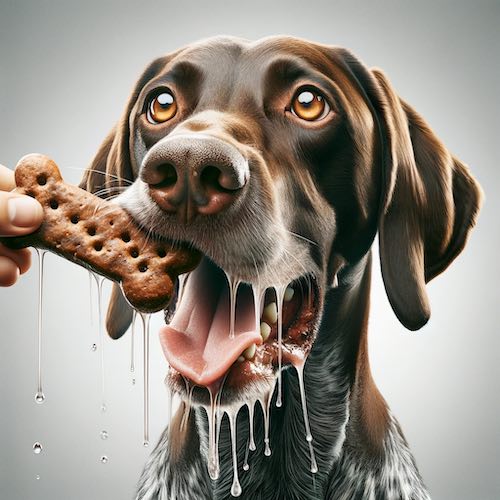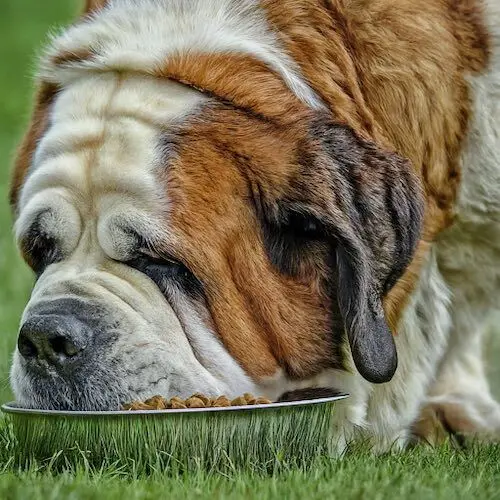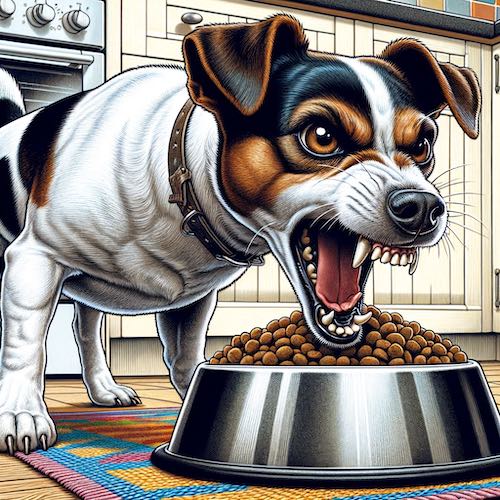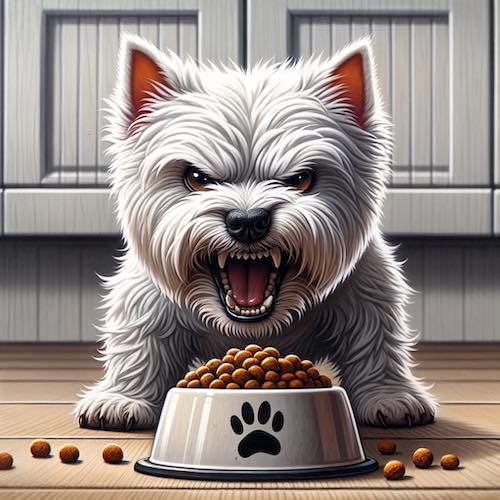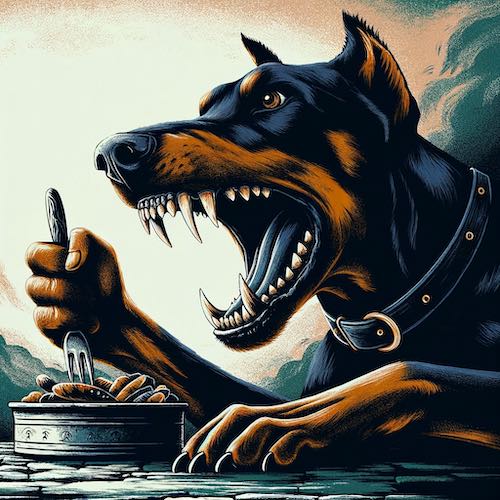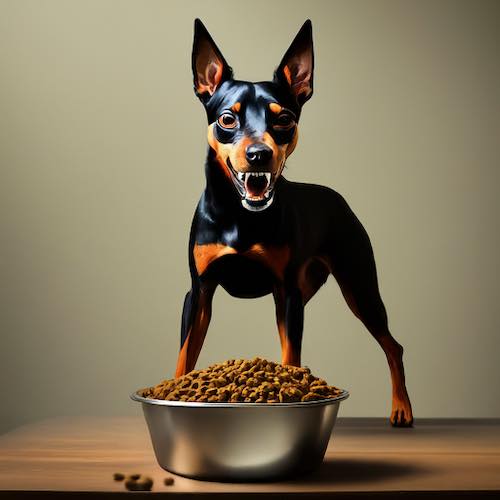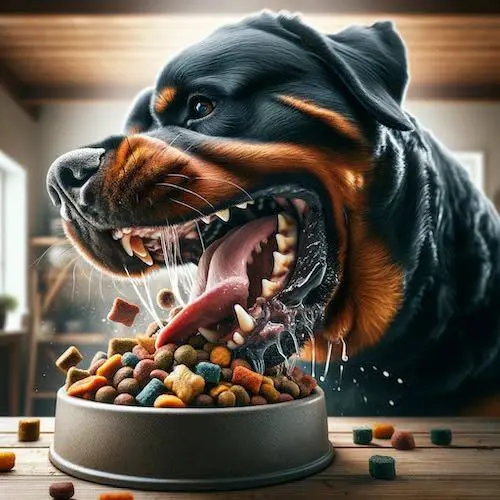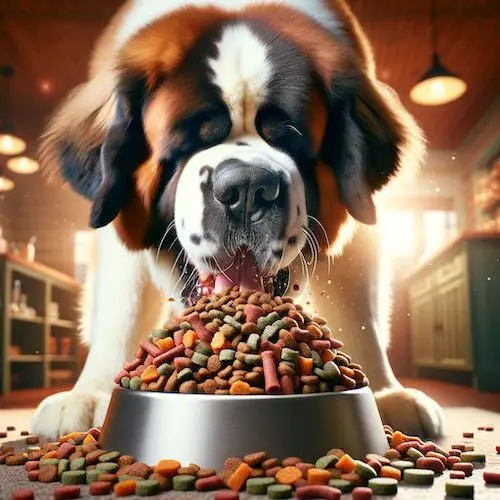Top 10 Best Dog Treats for 2024
In the world of pet care, finding the perfect dog treat is akin to discovering a hidden gem that brings joy and health to your furry friend. With an overwhelming array of options available in the market, selecting the right treat can be a daunting task for pet owners. The top 10 best dog treats […]
Top 10 Best Dog Treats for 2024 Read More »

